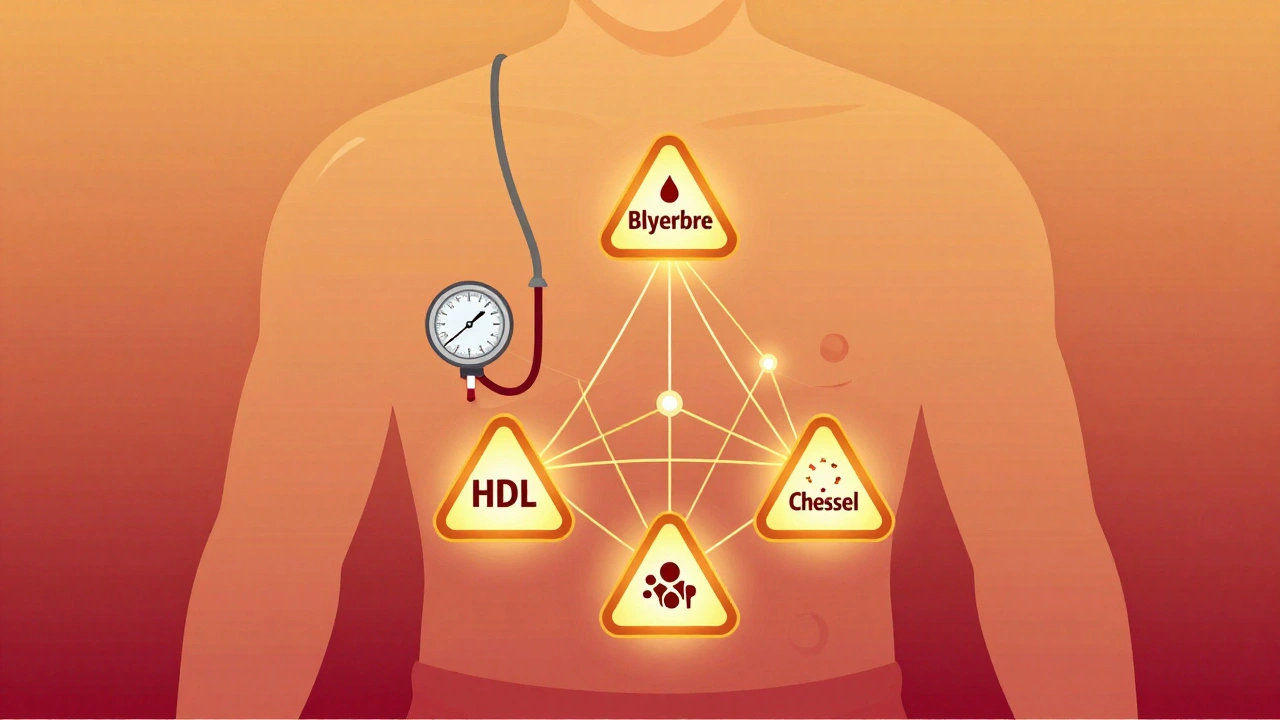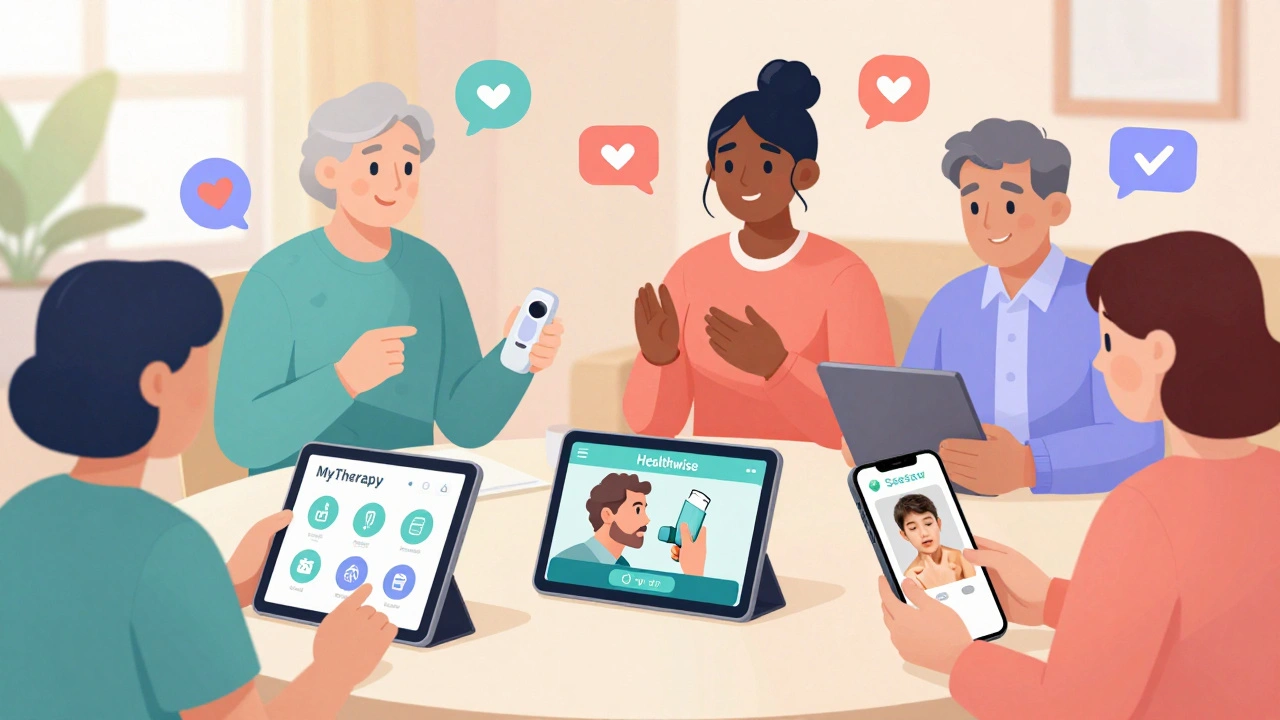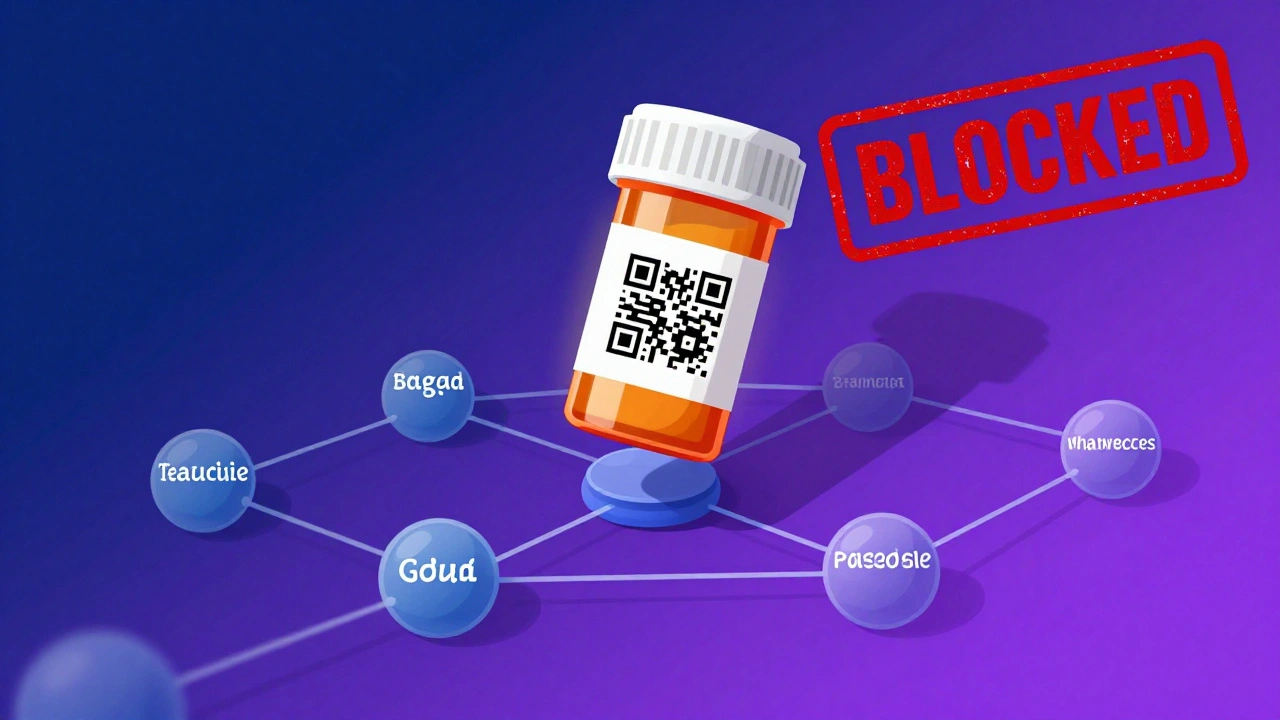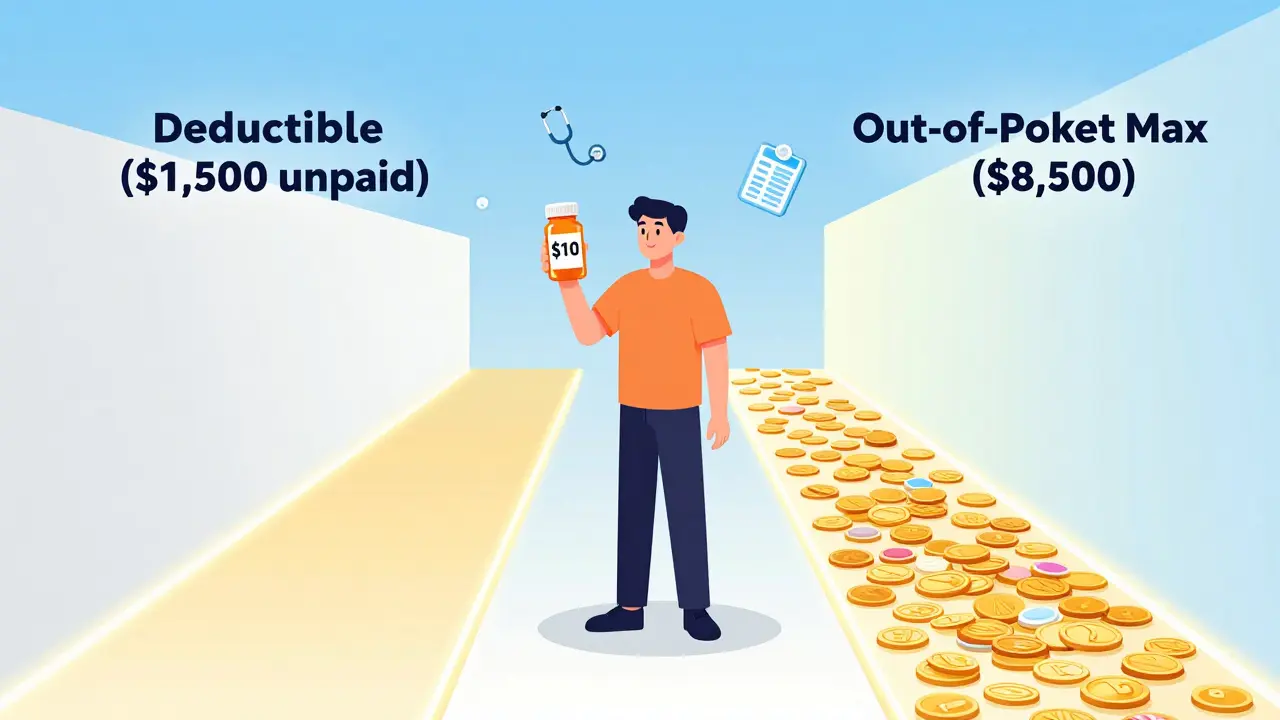Leprosy Advocacy
When working with Leprosy Advocacy, the organized effort to raise awareness, fight stigma, and improve care for people affected by leprosy. Also known as Leprosy Campaign, it brings together patients, health workers, and policymakers to change how society views this ancient disease.
Leprosy has a long history, from biblical references to colonial-era quarantine stations. Yet the disease remains present in more than 120 countries, with over 200,000 new cases each year. Understanding this backdrop helps advocates explain why modern strategies must blend medical advances with human rights. The bacterium Mycobacterium leprae targets skin and peripheral nerves, leading to skin lesions, loss of sensation, and if untreated, permanent disability. Early detection stops progression, but the biggest obstacle is not the pathogen—it's the fear and shame that keep people hidden.
One of the core challenges is Stigma, the negative attitudes and discrimination that often keep patients hidden and untreated. Reducing stigma requires community outreach, school‑based education, and transparent communication from trusted sources. At the same time, Leprosy, a chronic infection caused by Mycobacterium leprae that mainly affects skin and nerves can be effectively managed when diagnosed early. The World Health Organization lists multidrug therapy (MDT) as the standard Treatment, a short‑course, affordable regimen that cures the disease and prevents transmission. Linking advocacy to treatment means pushing for better drug supply chains, training health workers, and ensuring patients complete their therapy.
Non‑governmental organizations (NGOs) play a pivotal role in turning these goals into reality. Groups like The Leprosy Mission or Médecins Sans Frontières run mobile clinics, fund local educators, and lobby governments for protective laws. Their on‑the‑ground experience feeds back into policy discussions, shaping national leprosy programs that prioritize early case finding and disability prevention. When NGOs share success stories—such as a village that reduced new cases by 30 % after a targeted education campaign—it creates a ripple effect, encouraging other regions to adopt similar models.
Key Areas of Focus
Leprosy advocacy encompasses three interconnected pillars: public education, policy change, and service delivery. Public education tackles misinformation, policy change influences funding and legal protection, while service delivery makes diagnosis and MDT accessible in remote clinics. Each pillar depends on the others; without educated communities, policy shifts stall, and without policy backing, clinics lack resources. This sweet spot is where advocates, NGOs, and governments meet to turn knowledge into action.
Digital tools are adding a new dimension. Social media platforms allow survivors to share their stories anonymously, breaking down myths faster than pamphlets ever could. Mobile apps help health workers record skin lesions, map hotspots, and schedule follow‑up visits, improving the speed of response. When online campaigns use hashtags like #EndLeprosyStigma, they amplify the message beyond local borders, attracting volunteers and donors worldwide.
Below you’ll find a curated set of articles that dive deeper into these pillars – from practical tips on community workshops to the latest updates on MDT guidelines and stories of people who have reclaimed their lives after leprosy. Use them as a toolbox to amplify your own advocacy work or simply to understand why every step matters.






